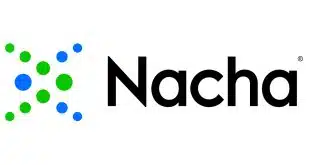Young adults like loyalty programs even more than older consumers, and the so-called Millennial generation has its own preferences for types of loyalty programs and the form factors for connecting merchants and consumers, according to new research from Hawk Incentives.
For example, as a group, respondents to a Hawk Incentives survey belong to an average of 6.2 loyalty programs. But the Millennials surveyed belong to an average of 6.5 programs, according to a news release from the Lewisville, Texas-based unit of prepaid card services provider Blackhawk Network Holdings Inc. And while the overall group is active in 3.9 loyalty programs on average, Millennials are active in 4.2.

A majority of Millennials, 55%, told the researchers that some type of loyalty card would keep them most engaged with a loyalty program compared with only 47% of Baby Boomers, the generation entering or approaching retirement. Some 82% of Millennials also said they would be interested in redeeming loyalty points for a prepaid or gift card.
While 56% of Millennial respondents said it didn’t matter if they received a digital or physical reward, 65% prefer digital rewards—not surprising for a cohort that came of age with smart phones. Only 45% of Baby Boomers expressed a preference for digital rewards.
Millennials also were most likely to prefer digital rewards in the airline, retailer, and gym categories, and were more likely than any other age group to belong to online retailers’ loyalty programs, according to the findings. But they were less inclined than older adults to belong to airline and hotel loyalty programs.
“As shopper habits have evolved and the world has become increasingly digitized, there has been a lot of discussion on the staying power of loyalty programs,” Theresa McEndree, vice president of marketing at Hawk Incentives, said in the release. “This research demonstrates that loyalty programs and modern reward options have kept up with consumer trends and continue to appeal to younger generations.”
The findings have a margin of error of plus or minus 2.5 percentage points at the 95% confidence level.





